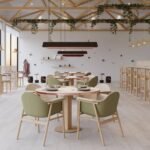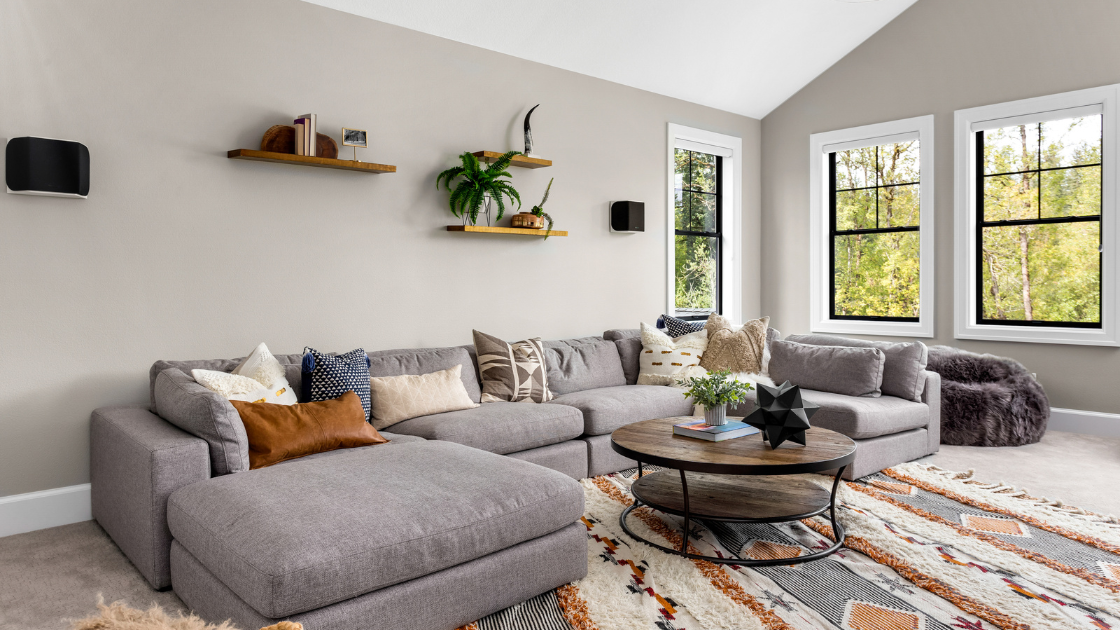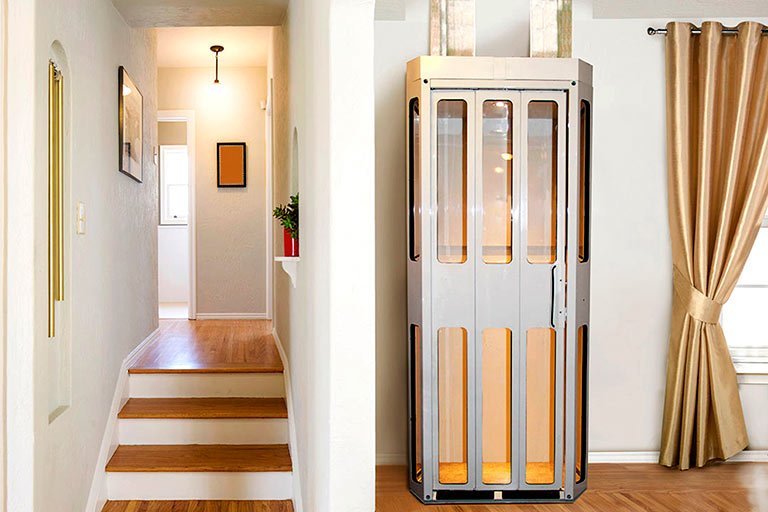Creating a family-friendly living space doesn’t mean you have to surrender your design aspirations to primary-colored plastic toys and sticky fingerprints. The modern approach to family living embraces both function and beauty in equal measure. A recent study found that 65% of families with children under 18 prioritize “stylish yet practical” spaces over purely decorative ones when redesigning their homes.
Today’s parents understand that a well-designed space can nurture creativity while still reflecting personal tastes and providing the durability needed for family life.
Creating the Perfect Foundation for a Kid-Friendly Living Room Design
Before diving into specific elements, it’s essential to establish a thoughtful foundation for your family living room. This means considering both the practical needs of children and the aesthetic desires of adults who share the space.
Open-concept layouts have become the gold standard for family homes, and with good reason. These designs facilitate natural supervision while maintaining visual appeal. Consider establishing zones within the larger space, perhaps a reading nook nestled near adult seating or a play area that can be quickly tidied when company arrives.
Traffic flow planning is equally important. Leave wide pathways between furniture pieces to accommodate energetic movement. Strategically place area rugs for kids to define play spaces while adding color and texture to your design scheme. These soft surfaces provide comfort for little ones who spend time on the floor while protecting both children and your hardwood from impacts.
Creating invisible boundaries using furniture arrangement can help maintain order without walls. A strategically placed sofa or bookcase can divide adult and child areas while maintaining the room’s cohesive design.
Selecting the Perfect Color Palette for Both Kids and Adults
Color choices set the tone for your entire living room. While bright primary colors have traditionally dominated kids spaces, today’s design-savvy parents opt for sophisticated palettes with strategic pops of playful hues.
Consider a neutral foundation (warm grays, soft taupes, or creamy whites) for walls and larger furniture pieces. These timeless choices create a canvas that can evolve as your children grow. Then add personality through accessories in bolder colors that can be easily updated.
Don’t shy away from color psychology, blues and greens promote calmness while yellows and oranges energize a space. Finding the right balance creates an environment that supports different activities and moods throughout the day.
Smart Furniture Choices That Blend Safety and Style
The furniture in your family living room must work doubly hard, standing up to daily use while creating a space that reflects your aesthetic vision. With careful selection, you’ll find pieces that excel at both.
Performance-Focused Upholstery Solutions
When children and elegant upholstery meet, something has to give, but that something doesn’t have to be your style. Today’s performance fabrics have revolutionized family-friendly living room design, offering stain resistance, durability, and sophisticated looks.
Look for fabrics labeled as “performance” or those with stain-repellent treatments. Brands like Crypton, Sunbrella, and Revolution have engineered textiles specifically for high-traffic family spaces. These materials repel spills, resist fading, and clean up beautifully.
For maximum flexibility, consider slipcovers for larger pieces. These washable covers let you change your look seasonally while providing the ultimate protection against inevitable accidents. White sofas are no longer off-limits for families when protected by removable, bleachable covers.
Thoughtful Furniture Profiles and Materials
Beyond fabrics, the physical structure of your furniture plays a crucial role in family-friendly design. Rounded corners and softened edges reduce injury risks without screaming, “This is a kid’s room!” Look for coffee tables with curved corners or opt for large, upholstered ottomans instead.
Height and scale matter too. Lower-profile seating makes it easier for little ones to climb safely, while sturdy construction ensures pieces can withstand enthusiastic use. Solid wood frames, reinforced joints, and quality construction are worth the investment when furniture must withstand family life.
The best kid-friendly pieces serve multiple functions. Storage ottomans hide toys while providing extra seating, and expandable tables accommodate everything from homework to holiday gatherings.
Storage Solutions That Eliminate Clutter
A stylish family living room requires thoughtful storage that contains the inevitable accumulation of toys, books, and games. Strategic storage solutions maintain the room’s design integrity while accommodating real family life.
Hidden Storage That Maintains Design Integrity
Built-in cabinetry represents the gold standard for living room storage. These custom solutions can be designed to match your architecture while hiding a multitude of children’s items behind beautiful doors. If custom built-ins aren’t in your budget, freestanding pieces with closed storage compartments offer similar benefits.
Look for furniture that pulls double duty. Coffee tables with drawers, storage ottomans, and console tables with baskets underneath maximize your storage footprint without adding visual clutter. These pieces keep toys accessible but out of sight when not in use.
Don’t forget vertical space, wall-mounted cabinets and floating shelves utilize often-overlooked areas while keeping fragile items safely out of reach of small hands.
Kid-Accessible Organization Systems
While adults appreciate hidden storage, children benefit from systems they can easily use themselves. Incorporating kid-height storage encourages independence and helps maintain order.
Labeled bins in complementary colors make cleanup intuitive for children too young to read. As they grow, pictorial labels can transition to text, maintaining the organizational system as literacy develops. Choose containers that contribute to, rather than detract from, your overall design scheme.
Consider rotating toy displays that limit visual clutter while keeping play fresh. This approach reduces the number of items out at once while creating excitement around toys that have been temporarily stored away. With furniture and storage addressed, let’s turn our attention to the literal foundation of your living room, the floors and rugs that ground your design.
Flooring and Area Rugs: The Foundation of Comfort and Style
The surfaces underfoot in a family living room must balance aesthetics with practicality. Smart choices here can dramatically improve both the look and function of your space.
Selecting Durable Yet Beautiful Flooring
Today’s flooring options include remarkable innovations that stand up to family life. Luxury vinyl plank (LVP) offers the look of hardwood with superior water resistance and durability. Engineered hardwoods provide authentic wood beauty with enhanced stability.
For maximum durability, look for flooring with high wear ratings and scratch-resistant finishes. Many manufacturers now offer “pet-proof” or “kid-proof” options specifically designed to withstand the challenges of family life.
Consider heated flooring elements in play areas to make floor play comfortable year-round. This luxury feature makes sense when you have little ones who spend significant time on the ground.
Strategic Use of Area Rugs in Family Spaces
Area rugs for kids do much more than protect floors, they define spaces, add color and pattern, and provide comfortable play surfaces. In family rooms, they also absorb sound and cushion falls.
When selecting rugs, look for low-pile options in darker colors or patterns that camouflage inevitable spills. Wool blends offer natural stain resistance, while synthetic fibers like polypropylene can be scrubbed clean of almost anything.
Consider layering rugs for added interest and protection. A washable cotton rug atop a more substantial wool piece creates a changeable look that’s easily refreshed when accidents happen.
Final Thoughts on Family-Friendly Living Room Design
Creating a living room that welcomes kids without compromising on style isn’t about finding a middle ground, it’s about thoughtfully embracing both needs simultaneously. The best family spaces celebrate the reality of life with children while maintaining the design integrity adults crave.
By focusing on durable materials, strategic storage, and flexible layouts, you can create a space that evolves with your family while remaining a source of pride when guests arrive. Remember, the most successful family living rooms aren’t just beautiful, they’re the backdrop for your family’s most precious memories.
Your Questions Answered: Kids and Stylish Living
How can I protect expensive furniture from kids while keeping my living room looking sophisticated?
Performance fabrics are your best ally. Look for options with at least 30,000 double rubs (the industry standard for durability) and stain-resistant treatments. For wood pieces, choose sealed surfaces and apply furniture wax regularly to create a protective barrier against spills and scratches.
What are the most kid-friendly coffee table options that still look stylish?
Upholstered ottomans with trays offer the perfect compromise, soft edges for safety, storage inside for toys, and a stable surface when needed. For traditional tables, look for rounded corners, drawers for quick cleanup, and distressed finishes that hide minor damage.
How can I create zones in my living room that work for both kids and adults?
Use area rugs, furniture arrangement, and lighting to define distinct spaces within one room. A console table behind a sofa creates a visual barrier while providing display space for adult treasures safely out of reach. Different lighting levels help signal which activities belong where.
YOU MAY ALSO LIKE: Kitchens That Work: Design Ideas For Beautiful And Functional Spaces











